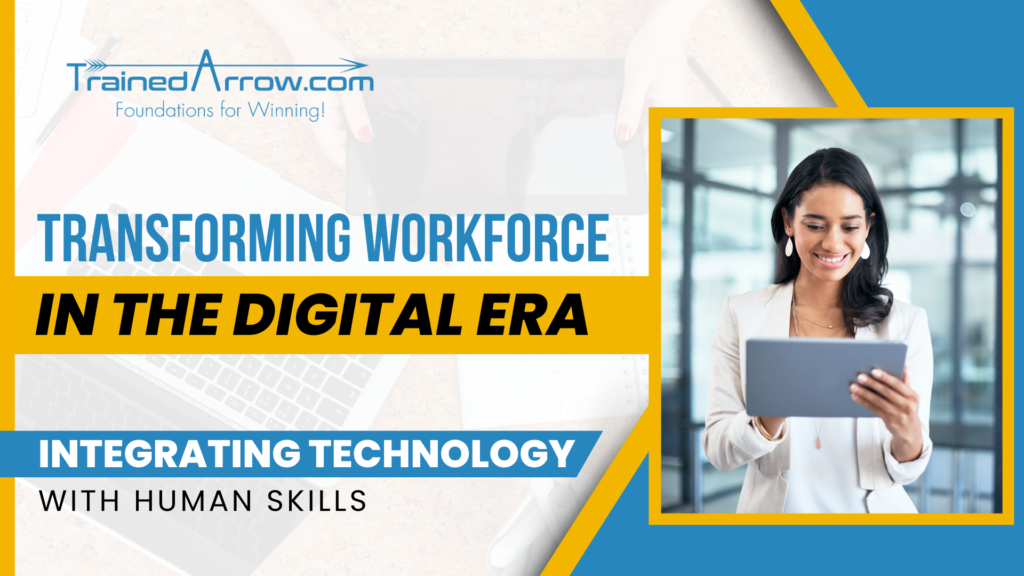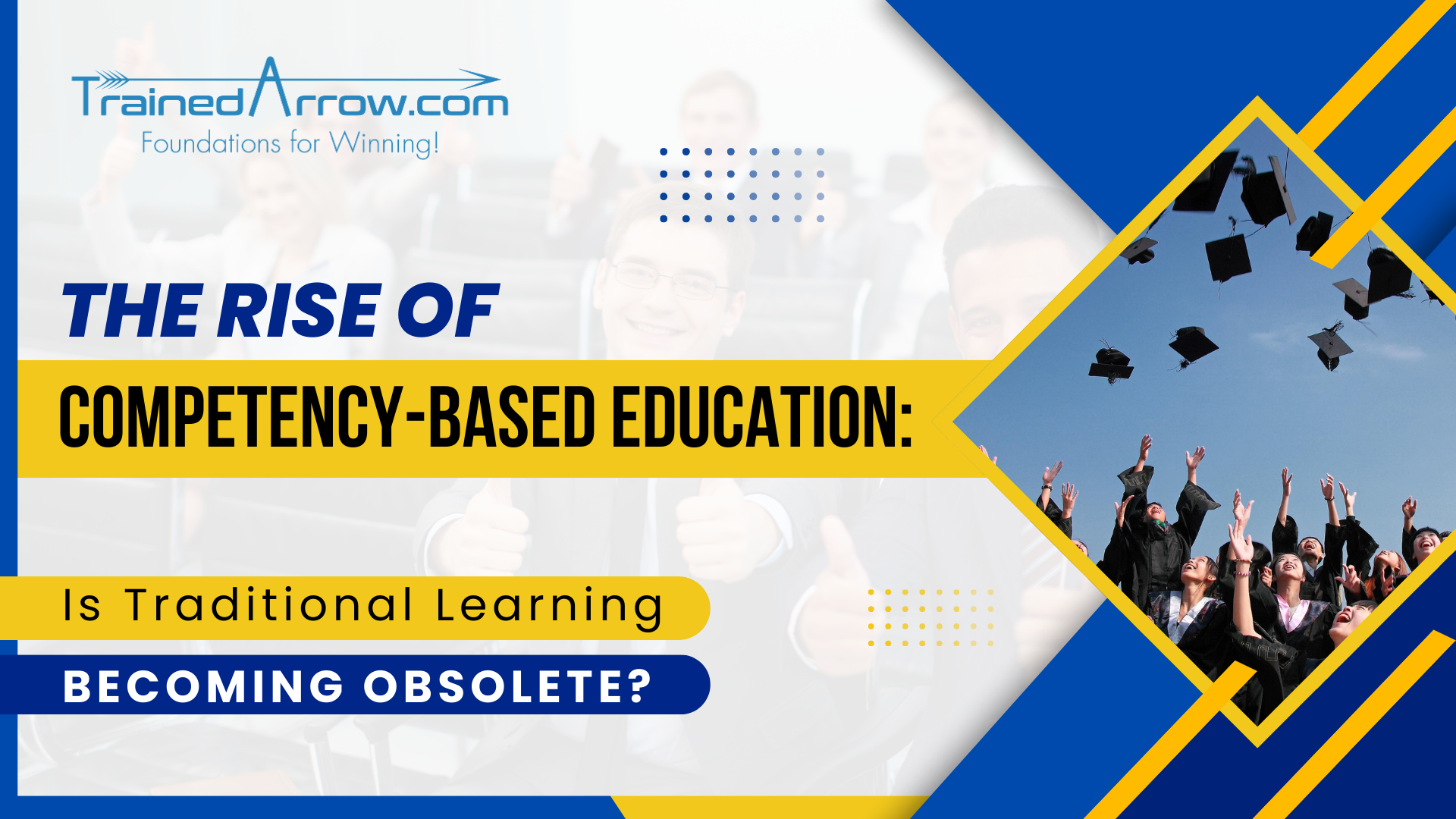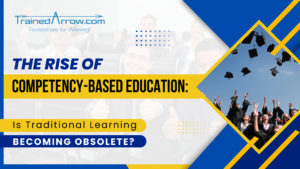Introduction
Workforce practices must evolve as does the digital landscape. The integration of technology with human skills is crucial in creating a more effective work environment. This blog explores dynamic approaches to achieving this integration, enhancing productivity and fostering innovation.
Emergence of New Workforce Practices
The digital era demands a rethinking of traditional workforce strategies. Employers are now incorporating advanced technologies like AI and machine learning to complement organizational capabilities. These technologies are not just tools; they are pivotal in driving productivity and innovation. By merging human excellence with technological efficiency, businesses can unlock new potential and stay competitive in an ever-evolving market.
Here are a few approaches for Modern Workforce Integration
1. Foundations
Providing comprehensive foundational acumen to employees can facilitate a smoother transition. These programs that impart Foundational strengths and prepare a common level-playing field are crucial to enable change and transformation and to demonstrate the practical applications of digital technologies in their daily tasks.
2. Remote Collaboration Tools
Utilizing platforms that facilitate effective communication and collaboration across geographies is essential in today’s globalized world. Tools like Slack, Microsoft Teams, and Zoom enable seamless interaction among team members, regardless of location. These tools support various functionalities such as video conferencing, file sharing, and real-time messaging, ensuring that remote teams can work as effectively as those in the same office.
3. Employees’ Fulfillment & Value Creation
Leveraging data to better understand employee needs and optimize work processes is a game-changer. By analyzing data on how employees evolve to perform and stay relevant and engaged for value creation can make informed decisions to improve workplace practices. This data-driven approach helps in identifying areas for improvement, enhancing employee experience, and boosting overall productivity.
Overcoming Implementation Challenges
Resistance to new technologies and workflows can impede integration efforts. To address these challenges:
-Clear Communication of Benefits: Ensuring that employees understand the advantages of new technologies can ease apprehensions and build acceptance.
-Training Programs: Providing comprehensive training to employees can facilitate a smoother transition. These programs must educate why the business needs to change and transformed; how new capabilities and value creation in their daily tasks can help such transformation complete.
-Ample Support Systems: Establishing support systems, including help desks and peer support groups, can provide employees with the assistance they need during the transition period.
Impact of Modern Practices
Organizations that successfully elevate their employees and enable them to evolve with the times see marked growth. In addition, if they consciously align Technology-enhanced learning leads to a more equipped workforce to drive informed decision-making. These combined efforts result in a dynamic and resilient organization capable of adapting to future challenges.
Conclusion
Adapting workforce practices to the digital era is not just beneficial but necessary for businesses aiming to stay relevant. By embracing to elevate employees with human excellence to evolve with time, integrate technologies and methodologies, companies can ensure they meet the challenges of today and tomorrow head-on. The integration of technology with human skills paves the way for a future-ready workforce, driving sustained success in an increasingly digital world.
![]()








